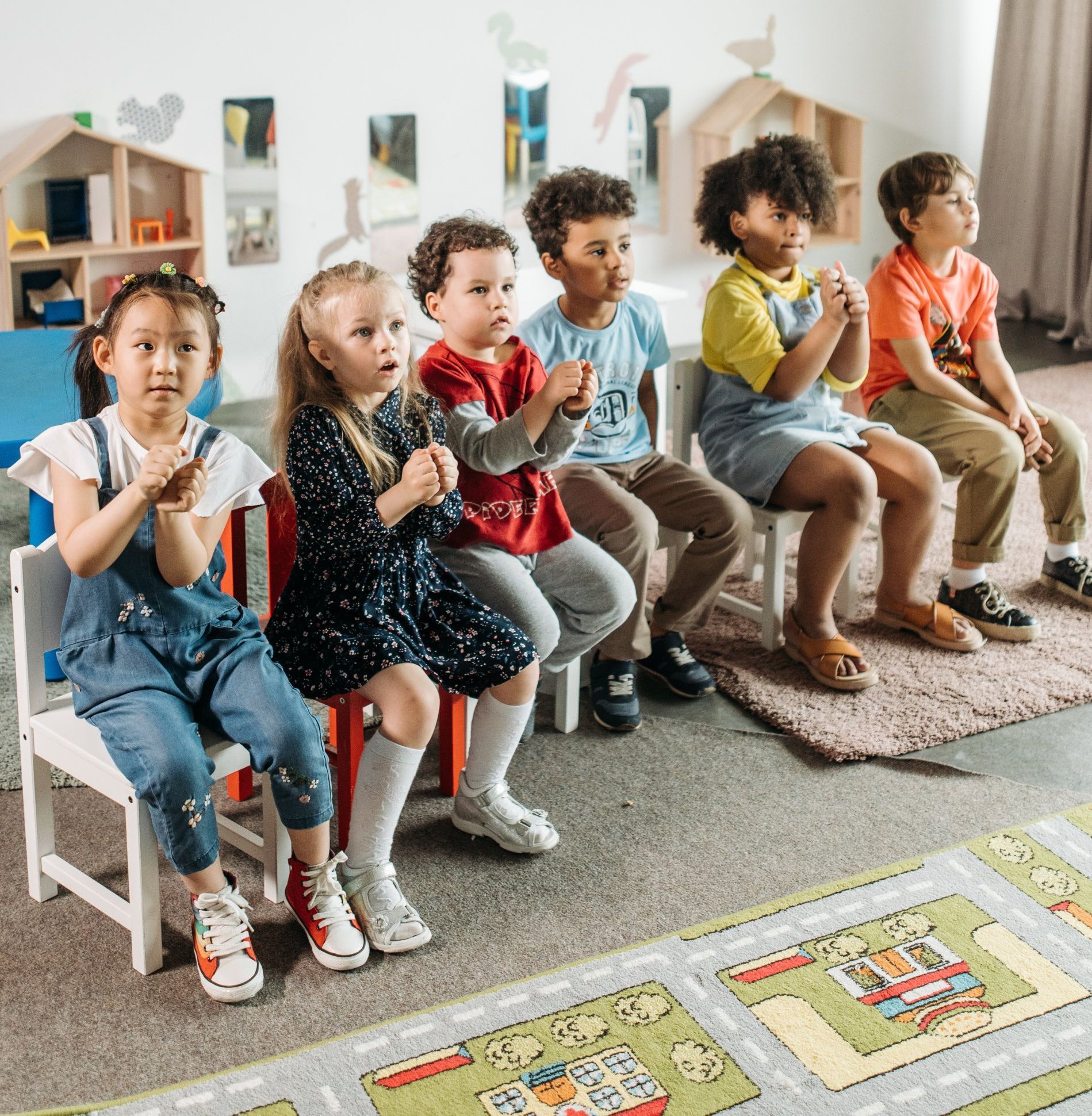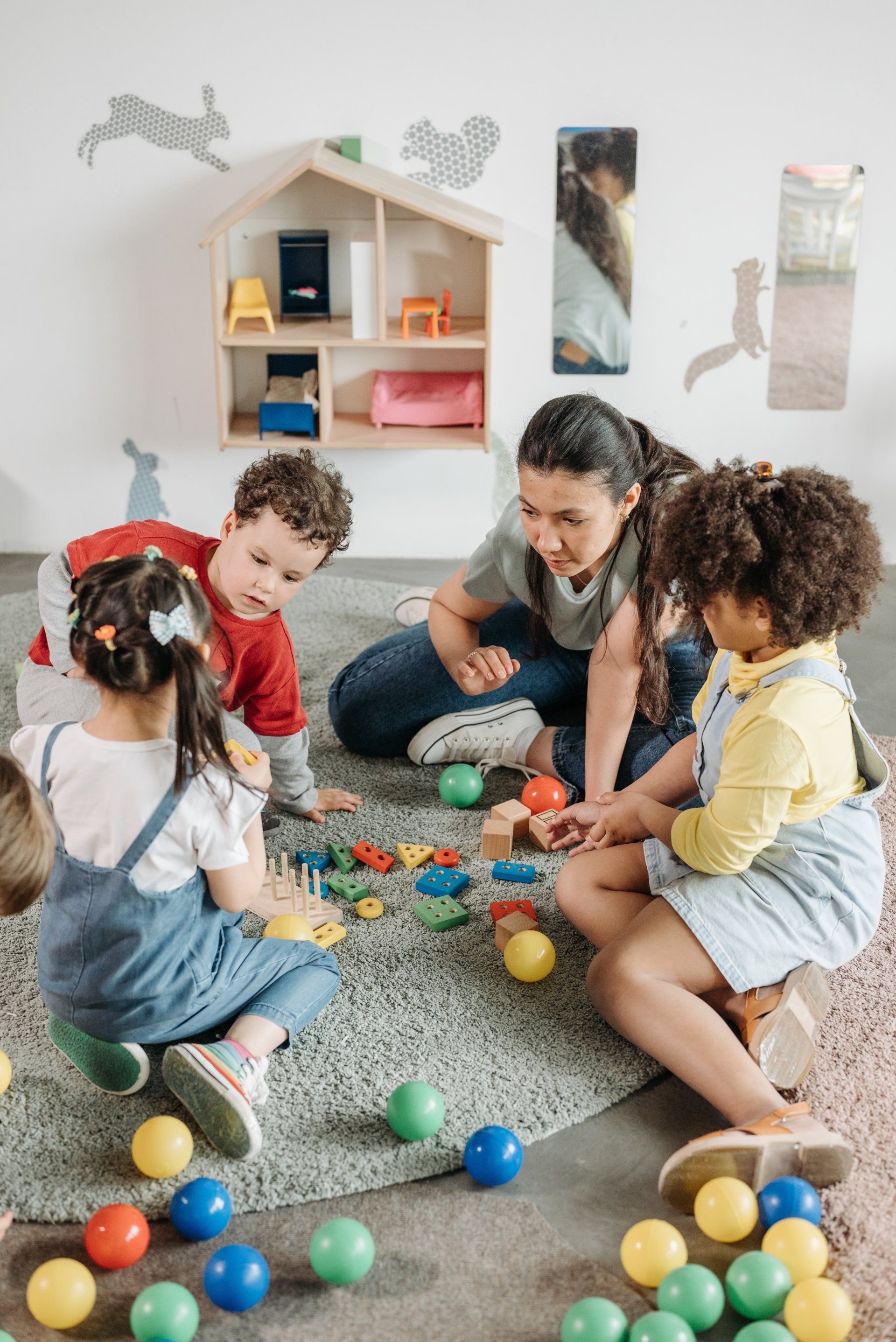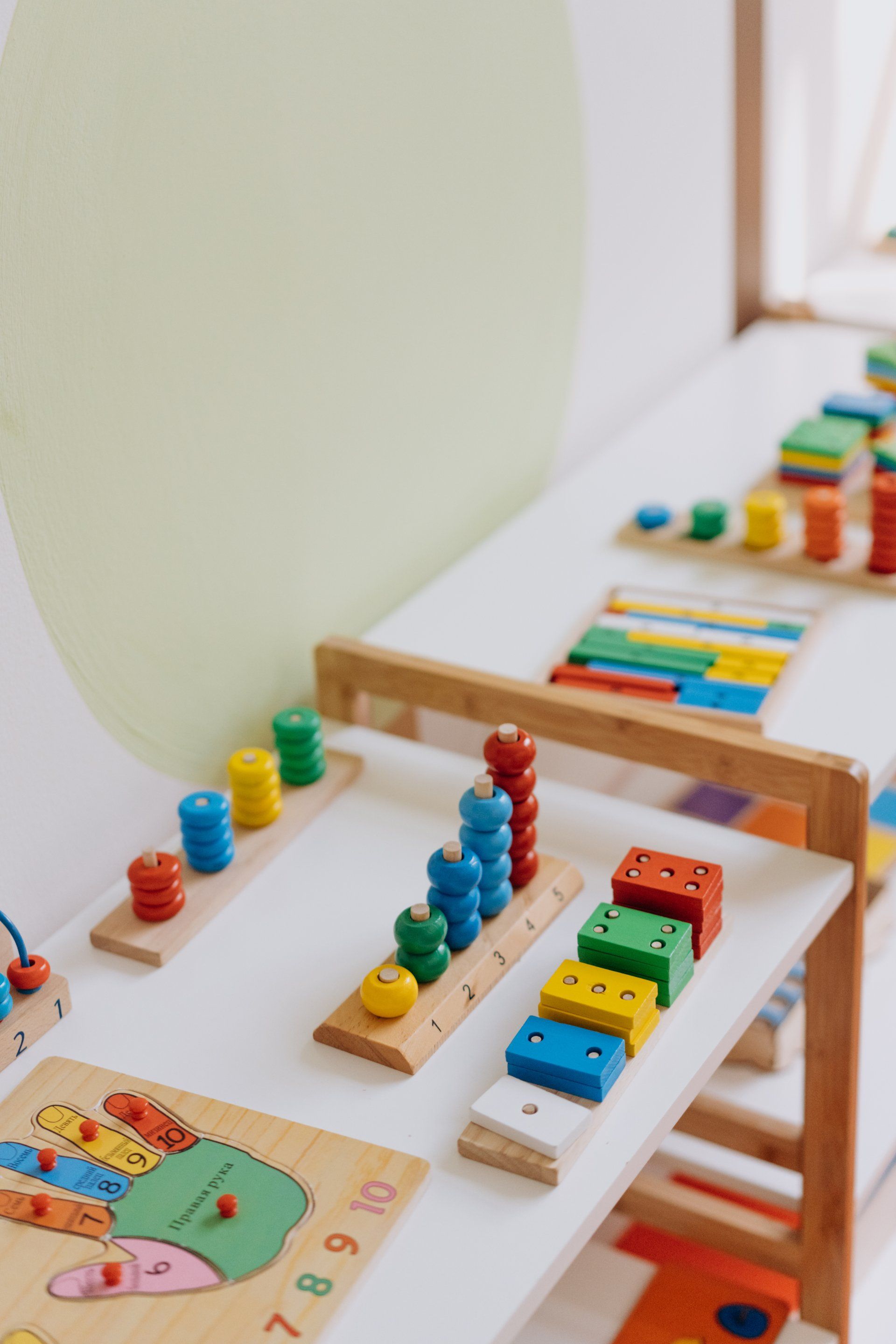Segment 4: Addressing Common Challenges in Child Care

Child care settings often present both children and caregivers with various challenges. Recognizing and effectively addressing these challenges contributes to a positive and nurturing environment. Here are strategies for addressing common challenges in child care:
1. Separation Anxiety:
- Create a gradual separation process to ease children into the child care routine.
- Encourage parents and caregivers to maintain consistent routines, reassuring children of their return.
- Provide comfort items from home, such as a favorite toy or blanket, to offer a sense of security.
2. Behavior Management:
- Establish clear and consistent rules and expectations within the child care setting.
- Use positive reinforcement to encourage desired behaviours, praising children for their efforts.
- Employ redirection techniques and offer alternatives when challenging behaviours arise.
3. Healthy Eating Habits:
- Create a balanced and nutritious meal plan that includes a variety of food groups.
- Encourage family-style meals to promote social interaction and healthy eating habits.
- Provide opportunities for children to participate in preparing simple snacks, fostering a positive relationship with food.
4. Effective Communication with Parents:
- Maintain open and transparent communication channels with parents and caregivers.
- Share daily updates on a child's activities, achievements, and any concerns.
- Encourage parents to share insights about their child's interests, preferences, and routines.
5. Transitions and Routines:
- Establish consistent routines that help children feel secure and know what to expect.
- Provide visual cues, such as schedules and timers, to assist children during transitions.
- Offer engaging transition activities to ease children into different parts of the day.
6. Inclusion and Diversity:
- Create an inclusive environment that celebrates and respects different cultures, backgrounds, and abilities.
- Incorporate diverse books, toys, and activities that reflect the children's diverse experiences.
- Address biases and stereotypes through open discussions and age-appropriate lessons.
7. Health and Safety Protocols:
- Implement and communicate health and safety protocols effectively to parents and caregivers.
- Ensure regular hand-washing, sanitization, and illness prevention measures are followed.
- Maintain clear guidelines for managing health-related concerns, such as allergies and medication administration.
8. Collaborative Problem-Solving:
- Foster a collaborative approach by involving parents, caregivers, and children in addressing challenges.
- Engage in open discussions to find solutions that consider everyone's perspectives and needs.
9. Self-Care for Caregivers:
- Recognize the importance of caregiver well-being and mental health.
- Encourage caregivers to practice self-care, seek support, and maintain a healthy work-life balance.
10. Professional Development:
- Provide ongoing training for caregivers to equip them with effective strategies for addressing challenges.
- Encourage continuous learning and skill enhancement to navigate various situations.
By addressing these common challenges, child care settings create an environment that supports children's growth, development, and well-being. Effective problem-solving and collaboration not only enhance the child's experience but also empower caregivers to provide optimal care and guidance. Through these efforts, child care providers contribute to building a strong foundation for children's lifelong learning and social-emotional development.







